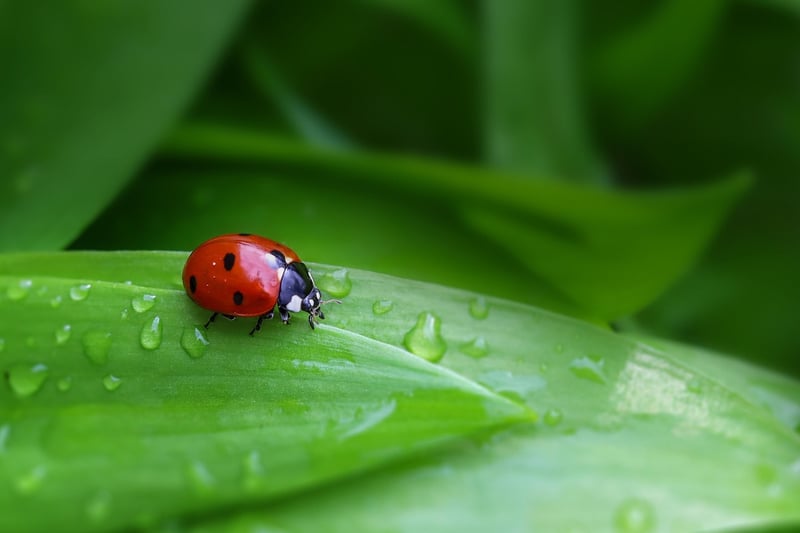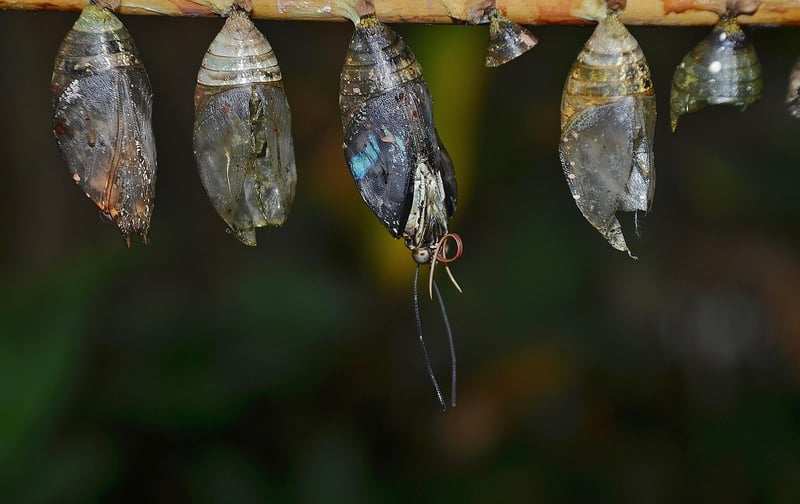Beneficial Insects
Protecting Your Plants with Beneficial Insects
As a gardener, you may have encountered various pests that can wreak havoc on your plants. While pesticides are commonly used to control these pests, there is a more natural and sustainable alternative - beneficial insects. These insects act as natural predators, feeding on harmful pests and protecting your plants in the process.
Why Use Beneficial Insects?
Beneficial insects offer an eco-friendly way to manage pest populations in your garden. By introducing these insects into your garden, you can reduce the need for chemical pesticides, which can be harmful to the environment and other beneficial insects like bees.
Common Beneficial Insects
1. Ladybugs: Ladybugs are well-known predators of aphids, mealybugs, and other soft-bodied insects that can damage plants.

2. Lacewings: Lacewing larvae feed on aphids, thrips, and other small insects, making them valuable allies in pest control.

3. Praying Mantis: Praying mantises are voracious predators that feed on a variety of insects, including caterpillars, beetles, and even other predatory insects.

How to Attract Beneficial Insects
1. Plant diverse flowers: Flowers like dill, fennel, and marigolds attract beneficial insects with their pollen and nectar.
2. Provide shelter: Beneficial insects need shelter to thrive. Place rocks, logs, or even insect hotels in your garden to offer them a safe habitat.
3. Avoid pesticides: Chemical pesticides can harm beneficial insects. Use natural alternatives like neem oil or insecticidal soap sparingly.
Conclusion
By harnessing the power of beneficial insects, you can protect your plants from pests in a sustainable and environmentally friendly way. Consider introducing these natural allies into your garden and create a balanced ecosystem where your plants can thrive.
